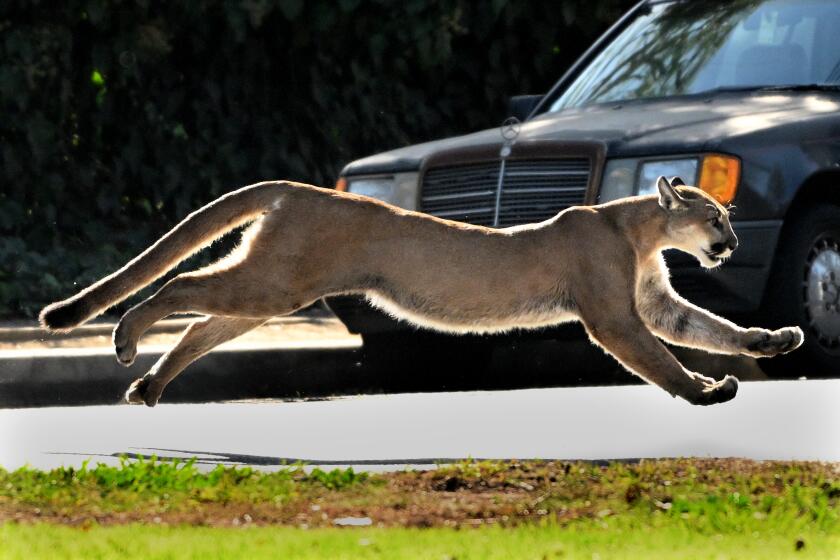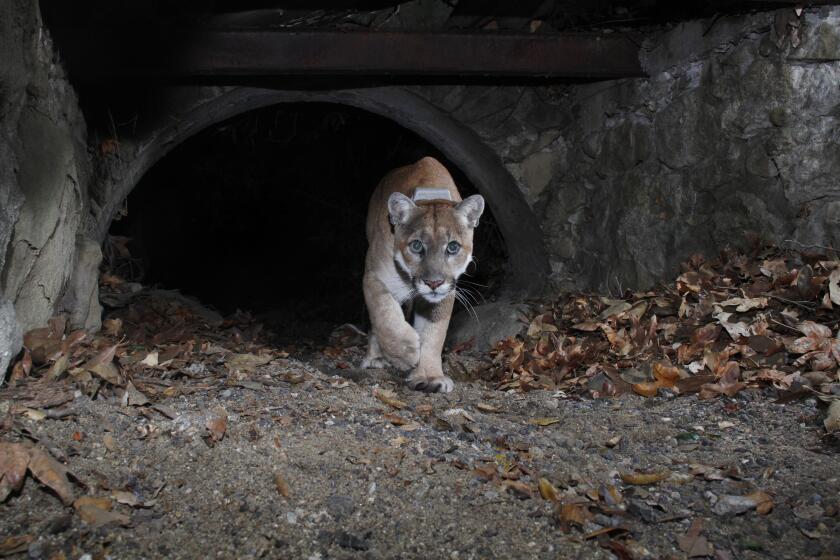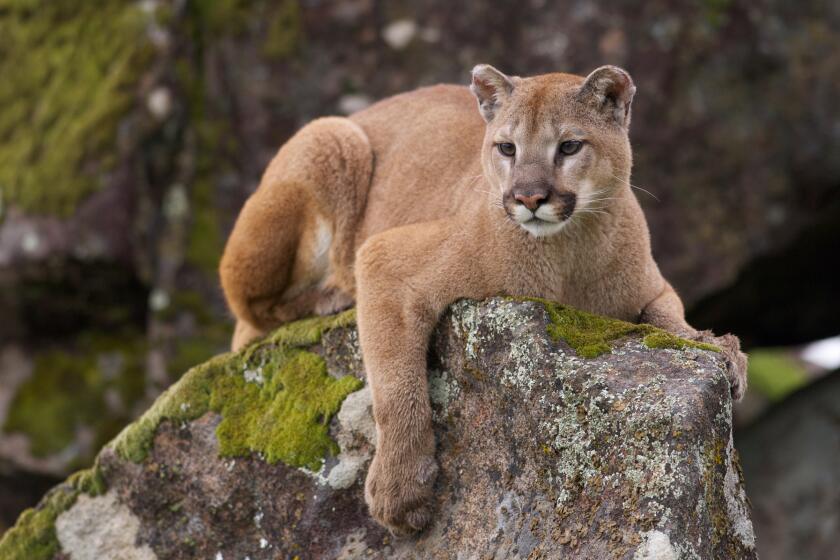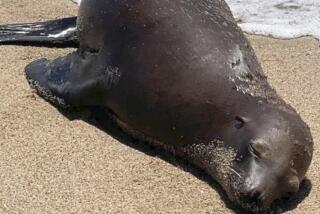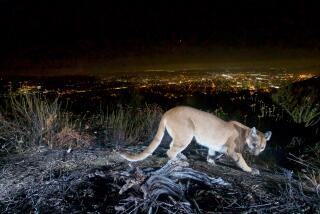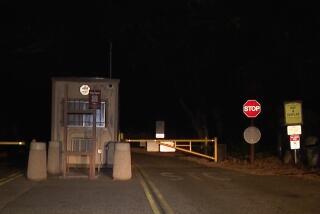Why did authorities kill Malibu puma who attacked a boy? ‘We don’t have mountain lion jail’
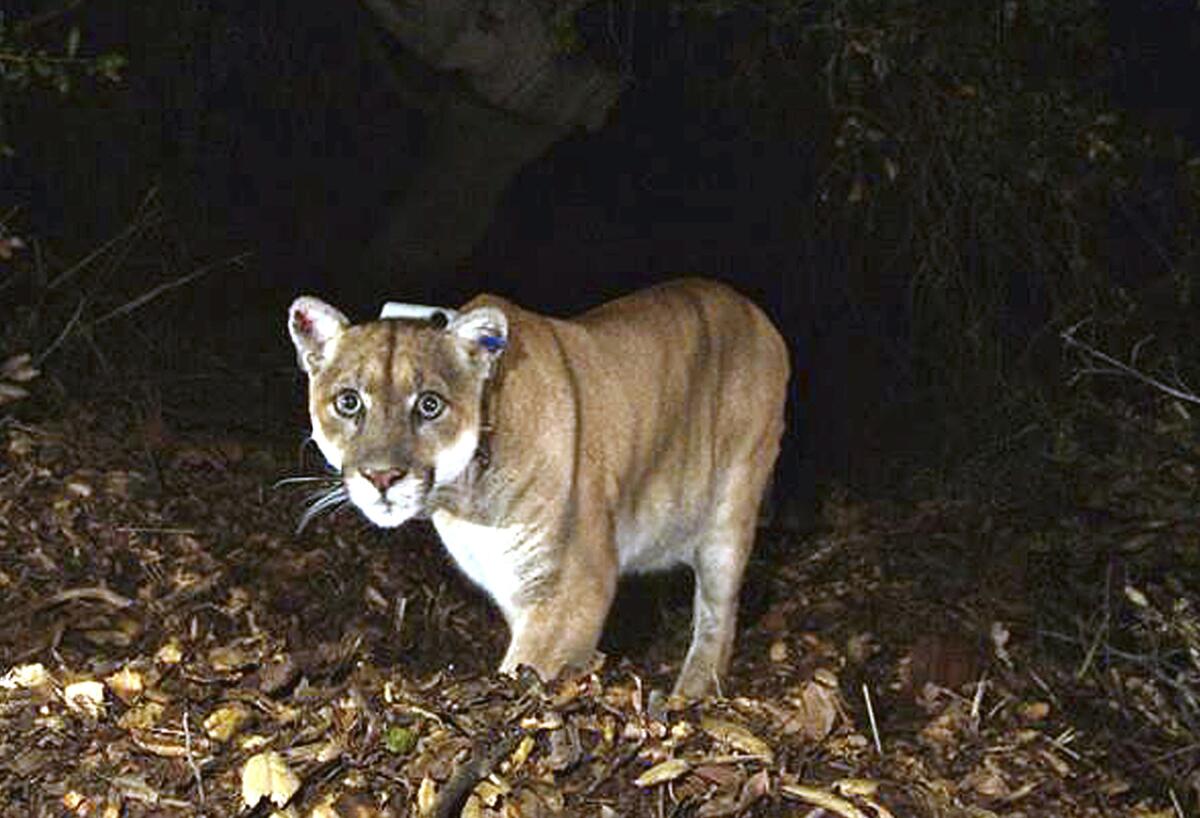
After a mountain lion attacked a 5-year-old boy over the weekend, some commenters on social media blasted officials’ decision to kill the big cat and accused the boy’s family of provoking the animal.
It was hard for some to understand why there wasn’t another way to deal with the issue, given all the efforts to help the dwindling mountain lion population in Southern California and the love L.A. had for its favorite cat, P-22.
“That’s what happens when we are in their territory!” wrote one woman on Facebook.
“Couldn’t relocate the lion had to kill it!! But that’s ... what we do we destroy everything like a plague to make more room for more in the way people,” wrote another.
Scientists have completed the first comprehensive estimate of mountain lions in California, a vital statistic needed to shape puma-friendly land-use decisions and ensure that the predators can find room to roam, mate and find prey.
But experts said that the killing of the puma probably was the only responsible answer after the cat pounced on the young boy, who was in a designated picnic area with dozens of other people.
“It attacked a small child, and we were concerned if we didn’t remove the animal, it may attack and possibly kill another child,” said Patrick Foy, a spokesperson for the California Department of Fish and Wildlife.
Foy pointed to a deadly attack in 2004 in which a mountain lion killed a mountain biker in Orange County, then attacked and nearly killed a woman hours later.
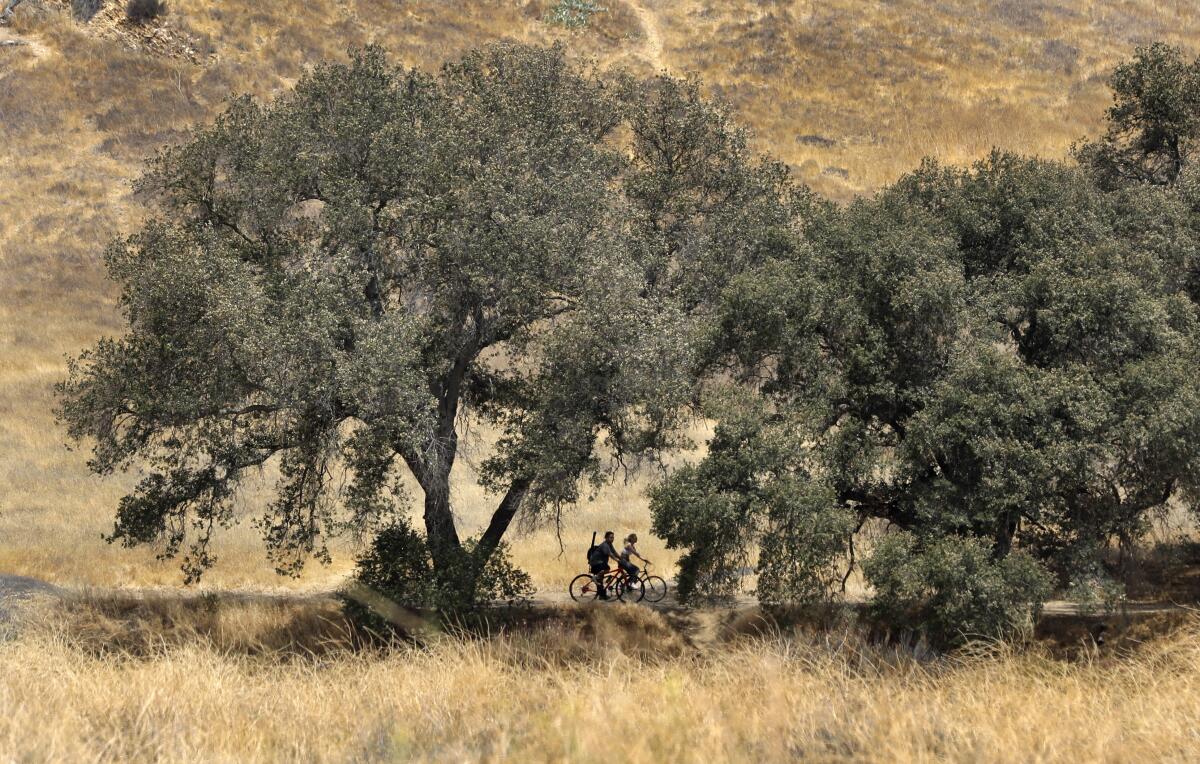
Foy also stressed that the attack was not the fault of the family or the child.
“There are people who say we moved into their habitat. Yes, that’s true, but a mountain lion that attacks a human. … We don’t have mountain lion jail,” said Beth Pratt, the California regional executive director of the National Wildlife Federation. “As much as it pains me, I think the officials made the right decision here.”
Pratt — who says she is sometimes called “Cougar Lady,” and who jokingly referred to herself as famed puma P-22’s agent — is by no means a kill-first advocate. She believes everything possible should be done to protect mountain lions. California is the country’s most progressive state when it comes to putting wildlife first, Pratt said.
In instances when the animal poses an imminent danger to humans, euthanasia is the only option, she said.
Sunday’s attack was a prime example, Pratt said.
A mountain lion spotted at the edge of Griffith Park last month recalled the park’s former feline king, P-22. If the new cougar stays, he’ll face the same challenges as his predecessor.
The 5-year-old was playing with other children close to his family’s picnic table when the puma attacked, according to officials with Fish and Wildlife. The cat took the boy and might have dragged him off, but the child’s father grabbed the cat and fought him until he released the boy, a family member told KTLA.
The mountain lion remained in a tree until authorities came and “euthanized it via firearm.”
Attacks by mountain lions on humans are exceedingly rare. Since 1986, there had been just 24 documented attacks before Sunday’s, according to Fish and Wildlife. Four of the attacks were fatal.
“I definitely come down on the animal rights side of science,” Pratt said. “But on the other hand, when an animal attacks, officials don’t have much choice.”
An instance in which Pratt disagreed with the decision to kill a puma came in 2012, when Santa Monica authorities shot a mountain lion that got stuck in the Third Street Promenade shopping mall.
“It was holed up and there were many more options,” Pratt said.
Authorities said the lion tried to escape repeatedly, and shooting it was a last resort.
A wildlife warning was issued in Sylmar over the weekend after a mountain lion attacked and killed a pit bull when the dog was on a walk with its owner.
In 2013, the Legislature passed a law requiring authorities to use nonlethal measures to handle mountain lions except in instances when they pose an imminent threat to humans.
“If a mountain lion goes after a person, [the California Department of Fish and Wildlife] or other responding law enforcement have the authority to lethally remove the animal to protect public safety,” said Korinna Domingo, the founder and director of the Cougar Conservancy.
The other option besides killing the cougar would have been to take it into captivity, said Winston Vickers, director of the Mountain Lion Project at UC Davis. But that option comes with risks as well, especially if the mountain lion was an adult. Adult cougars have trouble adapting and require large amounts of space. Generally, only young mountain lions can be taken into captivity.
“Say it didn’t adjust well, do you want to be the zookeeper?” Vickers said.
There has been growing awareness of the plight of Southern California mountain lions in recent years, as they face peril from the forces of development, traffic and pesticides.
A recent survey estimated the total number of mountain lions to be between 3,200 and 4,500, which is thousands fewer than previously thought. The count was conducted by state and university scientists who used GPS collar data and genetic information from scat samples to model population densities across the Sierra Nevada, the Mojave Desert and Southern California’s patchwork of weedy, fire-stripped wilderness.
Fish and Wildlife had for decades estimated that the state’s mountain lion population was roughly 6,000, despite relentless vehicle strikes, wildfires and encroachment by land-hungry humans throughout their range, The Times reported in January.
P-22’s stint in Hollywood made him a star complete with T-shirts and murals. He was captured and euthanized in late 2022, deemed too sick to return to the wild because of injuries and infection.
More to Read
Sign up for Essential California
The most important California stories and recommendations in your inbox every morning.
You may occasionally receive promotional content from the Los Angeles Times.

